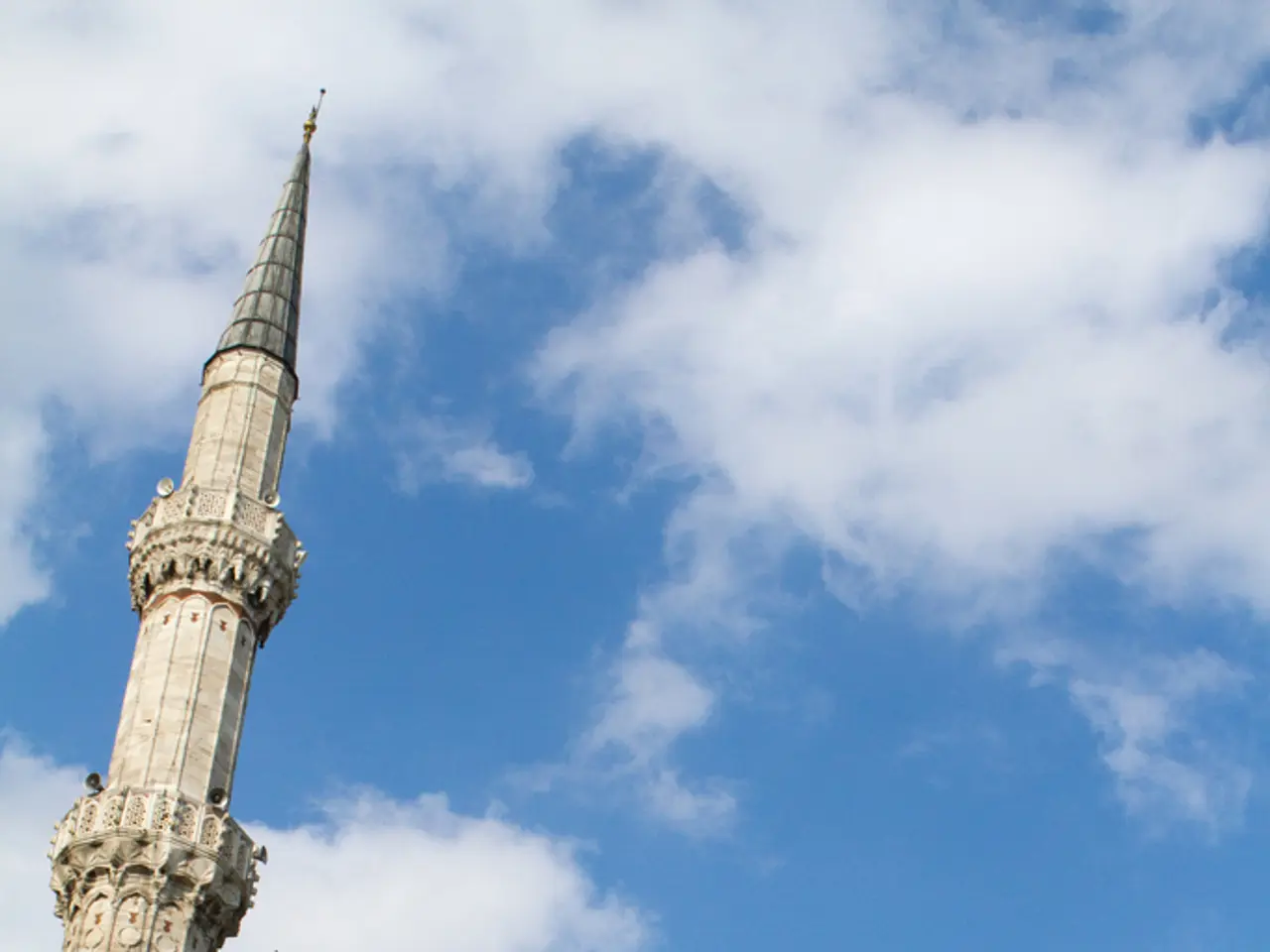Explore Uzbekistan's Notable Historical Landmarks
In the heart of Central Asia, Uzbekistan stands as a testament to history, culture, and stunning landscapes. Known for its deep cultural traditions, Islamic heritage, colorful bazaars, and distinctive cuisine, Uzbekistan offers a unique mix of adventure and relaxation for visitors.
One of the country's most remarkable monuments is Gur-i Amir, located in the former Silk Road city of Samarkand. Renowned for its large turquoise dome, decorated with intricate calligraphy and geometric patterns, Gur-i Amir serves as the mausoleum of the Mongol conqueror Tamerlane (Timur). Inside, the square chamber, known as the "Cruciform Crypt," and Beg's Gallery are notable features.
Another must-visit is Itchan Kala, a living museum located in the heart of Khiva. Home to nearly 50 historical monuments and about 250 traditional dwellings from the 19th century, Itchan Kala contains mosques, madrasas, mausoleums, and palaces that echo the grandeur of the Silk Road era. Each structure within Itchan Kala is adorned with intricate tilework, mosaics, and carvings that showcase Central Asia's finest craftsmanship.
One of the highlights of Itchan Kala is the Mohammad Amin Khan Madrasa, the ornate Tash Hauli Palace, and the slender Islam Khodja Minaret.
Uzbekistan's historic sites, such as grand mosques, ornate madrasas, and caravanserais, are enthralling and testify to its Silk Road past. Among these, the Bibi-Khanym Mosque stands as one of Central Asia's most iconic monuments. Located northeast of Registan in Samarkand, this monumental structure was commissioned by Timur (Tamerlane) as a gift for his wife, Bibi Khanym.
The Bibi-Khanym Mosque was envisioned as the largest in the Islamic world, with soaring domes, a monumental entrance, and exquisite tilework. Despite the architect's tragic fate—he was executed after falling in love with Bibi Khanym—restoration efforts in the 20th century revived parts of the mosque's grandeur, preserving intricate details that hint at its original scale and beauty.
Timur also decreed that all women must wear veils following the architect's execution.
The Bibi-Khanym Mosque is not just a historical monument but a symbol of Uzbekistan's vibrant history and culture. Itchan Kala, too, is recognised as a UNESCO World Heritage Site and is renowned for its remarkably well-preserved architecture.
Uzbekistan's unique contrast between Soviet-era architectural landmarks and modern cityscapes adds another layer to its allure, making it a destination that offers both cultural immersion and modern comforts. Whether you're exploring the historic sites or enjoying the local cuisine, Uzbekistan promises an unforgettable journey.
Read also:
- Impact of Alcohol on the Human Body: Nine Aspects of Health Alteration Due to Alcohol Consumption
- Understanding the Concept of Obesity
- Tough choices on August 13, 2025 for those born under Aquarius? Consider the advantages and disadvantages to gain guidance
- Microbiome's Impact on Emotional States, Judgement, and Mental Health Conditions







